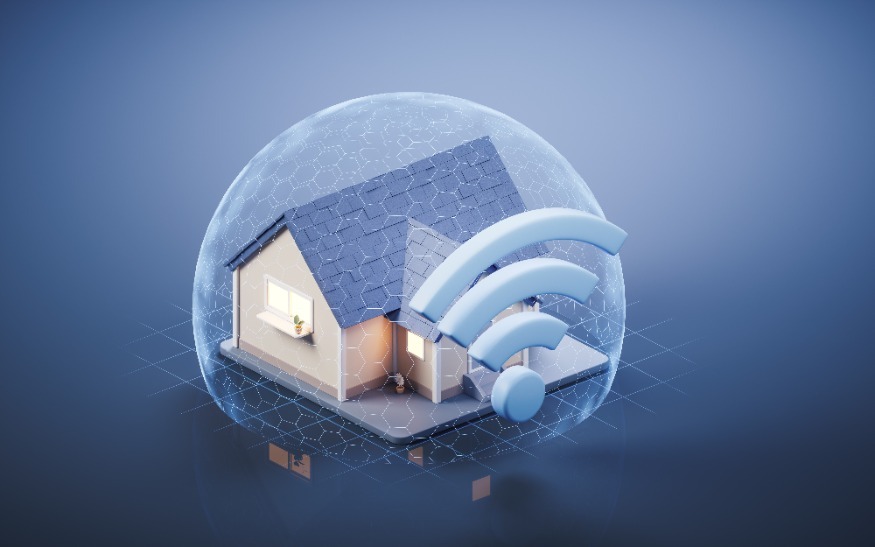The race for better home broadband means a race for better Wi-Fi
Wi-Fi 6 introduced the ability to schedule bandwidth to devices based on their requirements, and greatly enhanced the capability to handle multiple users at the same time. More critically, with the opening up of the 6 GHz band for unlicensed Wi-Fi operation, Wi-Fi 6E — and soon to be Wi-Fi 7 — will deliver significant improvements in user experience around density, reliability and throughput. For operators, 6 GHz Wi-Fi presents them with the opportunity to offer customers Wi-Fi that can keep up with their lofty broadband goals.
“For an operator, these wide channels in the 6 GHz band are ideal,” Chris Szymanski, director of product marketing for Broadcom’s Wireless Communications and Connectivity Division, told RCR Wireless News. He added that Wi-Fi 7 builds on the incredible enhancements offered by Wi-Fi 6E thanks to features like Multi-Link Operation (MLO), 320 MHz transmissions and 4096-QAM. “Every major European and U.S. operator has 6 GHz Wi-Fi on their roadmap,” he continued.
The chipmaker’s Senior Director of Product Marketing Manny Patel explained that Wi-Fi troubles are more likely to occur when a household in running multiple devices over a single Wi-Fi network at the same time. Wi-Fi on 6 GHz, though, can fix this.
“Wi-Fi networks come under stress when you start loading them with simultaneous applications such as file downloads, video streaming, video conferencing, gaming, etc. Many people experienced issues with their home Wi-Fi networks during COVID-19 when work from home and distance learning scenarios collided. The technology in Wi-Fi 6/6E was specifically targeted to improve these scenarios and those that did upgrade to Wi-Fi 6 and 6E began to report better performance at home.”
As operators continue to move towards offering 10 gigabit broadband, they are also thinking about the wireless experience for their customers. According to Szymanski, this is because if a customer has a poor broadband experience, they are going to contact their operator regardless of where responsibility lies. “They’re getting the service call whether the problem is with their router or not, so they want to provision the routers,” he claimed. “By providing the broadband and Wi-Fi, operators have the ability to deliver the user experience their subscribers are looking for.”
This, he continued, is leading to a sort of convergence where broadband can be thought of as two parts: the cable modem and the Wi-Fi router. These can be in a single box or provided separately, but either way, operators are pairing 6 GHz Wi-Fi with their broadband offering and are treating this as “a complete package,” and if current messaging is any indication, each one is highlighting different aspects for their customers.
For example, Vodafone UK said that its new Wi-Fi boosters can connect up to 150 devices on a Wi-Fi 6E channel, signaling that for them, the problem to solve is network complexity and the number of devices. Swisscom, on the other hand, focused on the ability to reduce congestion and deliver ambient home connectivity when announcing its new internet box, created with help from SoftAtHome.
“This race for better broadband in the home also means a race for better Wi-Fi. We’re giving them that better Wi-Fi experience through the 6 GHz radio,” Szymanski said, adding that in this way, 6 GHz is “synonymous with wireless broadband.”

